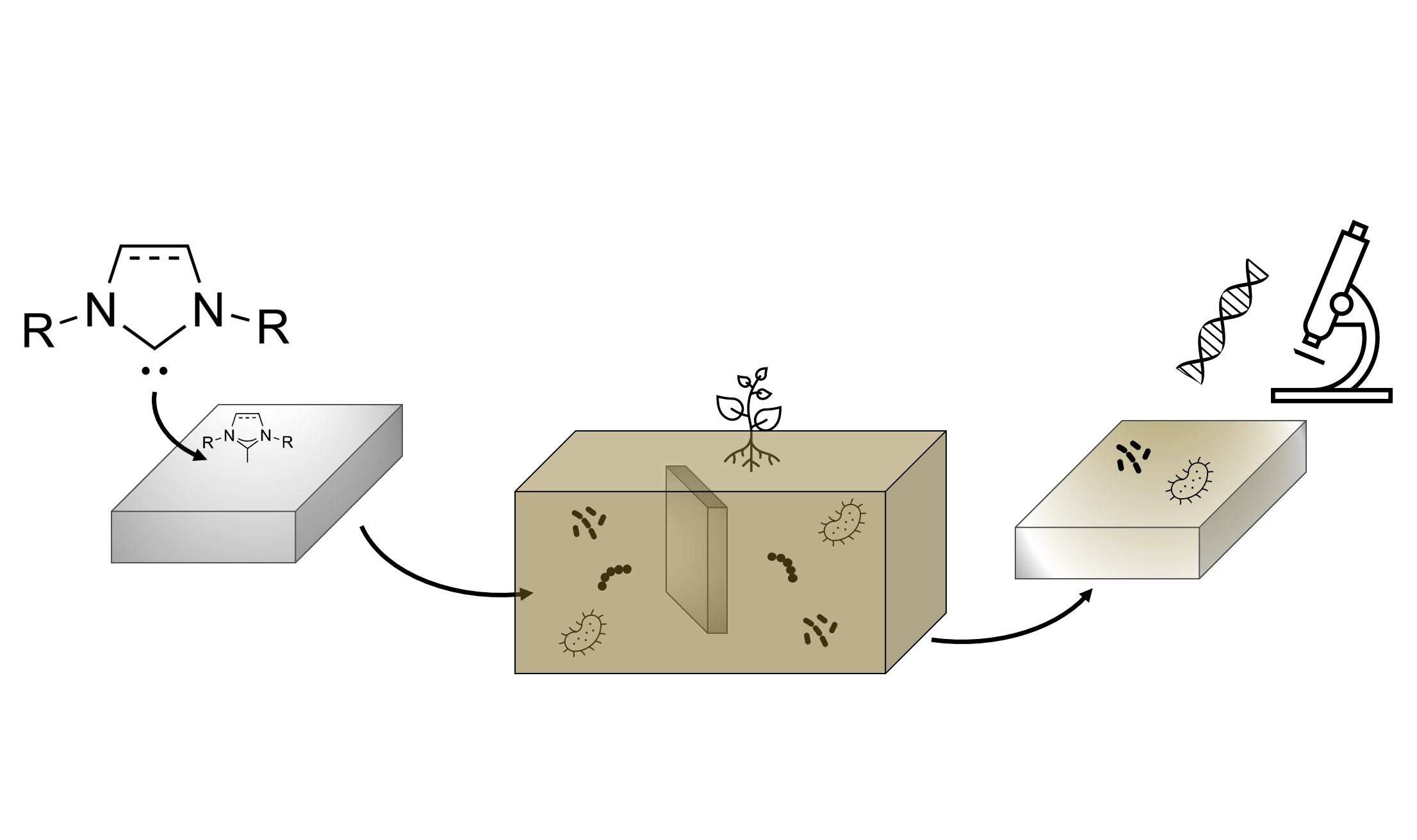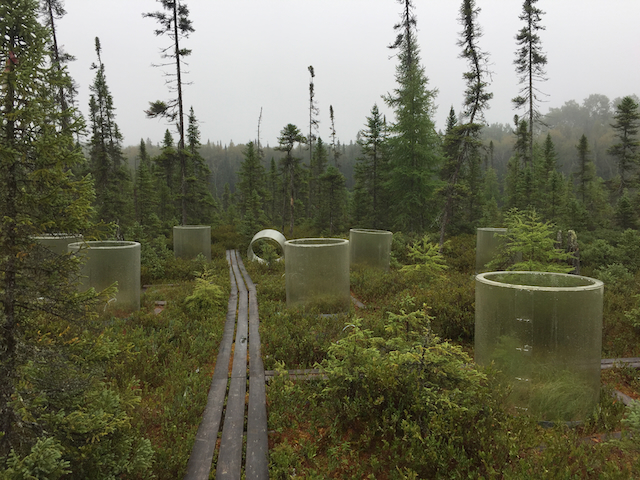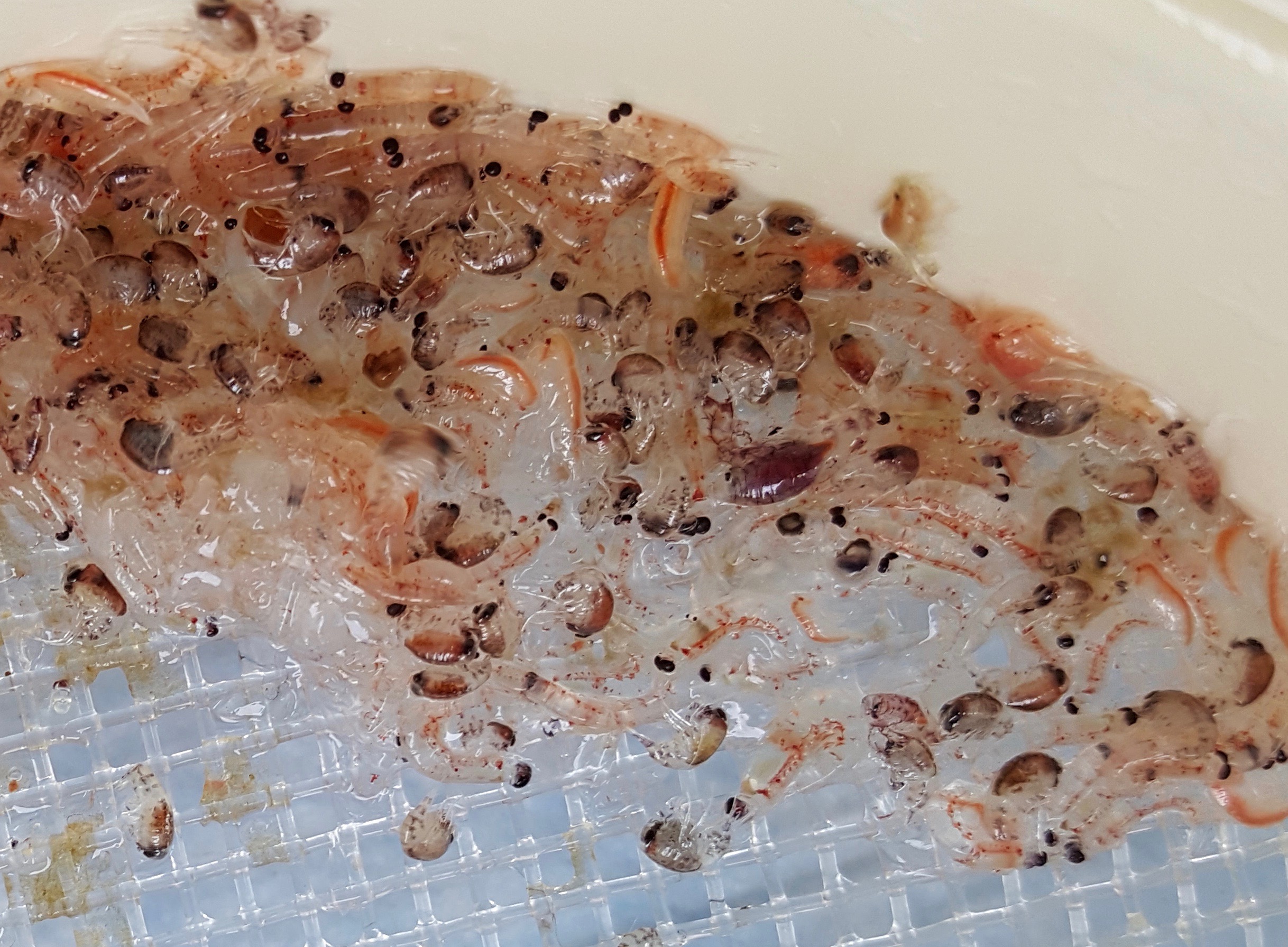


collecting water off the coast of Quadra Island, BC
Phytoplankton belong to diverse groups of life, including diatoms, dinoflagellates, and cyanobacteria. This breadth of diversity, as well as their microscopic size, has challenged our abilities to fully characterize phytoplankton communities, their dynamics, and their responses to environmental change. Importantly, as the climate changes, there is an urgent need to identify how all phytoplankton will respond, and whether these changes will fundamentally and permanently change the ecosystem services that they provide. This research will take advantage of modern DNA sequencing technologies to leverage genetic data in providing key ecological insights into phytoplankton communities and develop genetic indicators of ecosystem health. We will also apply sequencing-based techniques to investigate the diets of mesozooplankton (eg. copepods, euphausids) in response to changing phytoplankton dynamics.
This research is partly in collaboration with the Hakai Institute and their long-term ecological monitoring sites off the coast of Quadra and Calvert Islands in central British Columbia.

investigating the microbial degradation of carbene
In collaboration with the Hedberg lab, we are examining the potential for new chemical coatings to prevent microbial-influenced corrosion. Metals are an indispensable part of modern society. They make up key components of transportation and construction infrastructure, and green energy infrastructure such as pipelines, wind turbines and carbon capture facilities, as well as essential to electronic devices. However, nearly all metals are fundamentally unstable and vulnerable to corrosion. A new approach to coating metals to prevent corrosion is being investigated, and we are examining the formation of biofilms to these chemical coatings and their possible degradation by microorganisms in establishing their use in corrosion-prevention.

peatlands site, near White River, Ontario, Canada
Peatlands are dominant landscape features in Northern temperate environments and have an incredibly important role in the global carbon cycle, storing ~ 30% of Earth's terrestrial carbon. The Tai lab is starting a collaboration with the Lindo lab to examine the microorganisms contributing to carbon cycling in peatlands, and their responses to climate change.
Currently looking for a graduate student interested in microbial diversity and ecology to start in on this collaboration.

Ontario ginseng
Ginseng is one of the most valuable agricultural crops grown in Southern Ontario which unfortunately suffers from replant disease. This root rot disease occurs when ginseng is re-planted in the same field where it was previously grown and harvested. The causes of replant disease are not due to just one pathogen, but multiple factors are likely involved, including the role of ginsenosides in the soil favouring a "pathogenic" microbiome. The Tai lab is investigating the microbiome of ginseng gardens to better understand the origins of replant disease and develop biological indicators to identify pathogenic soils.
This research is in collaboration with the Ontario Ministry of Agriculture and Rural Affairs and the Ontario Ginseng Growers Association.

preparing for water sampling, Quadra Island, BC
A primary focus in the Tai lab is the ecological role of microorganisms associated with zooplankton, particularly as a cause of mortality and in decomposition. Dead zooplankton carcasses are hot spots for microbial activity, sources of denitrification, and their decomposition will affect the rate or quality of carbon flux to the sediments. The causes of zooplankton death, aside from being eaten, are very poorly known. There are several known parasites of zooplankton, including ciliates, dinoflagellates, bacteria, and viruses and we are investigating the prevalence and impact of these infections on zooplankton mortality. We are also examining the decomposition of zooplankton and the biochemistry of remineralizing zooplankton biomass.
These projects are in collaboration with the Hakai Institute and their long-term ecological monitoring sites off the coast of Quadra and Calvert Islands in central British Columbia.
gut microbiota from the termite Zootermopsis angusticollis
Termites and wood-eating cockroaches host a fascinating and diverse community of symbiotic microorganisms in their guts that are necessary for the digestion of wood. The microorganisms function together to break-down cellulose and provide acetate nutrition for their insect hosts. The break-down of cellulose likely involves intimate biochemical exchanges between different microorganisms, but these interactions and the enzymes involved are not known. These interactions have also likely resulted in the evolution of symbiotic relationships between bacteria and protists in the hindguts. Through single-cell genomics and transcriptomics in termite hindguts, we are investigating the biochemistry of cellulose digestion and the evolution of symbiosis between microorganisms.